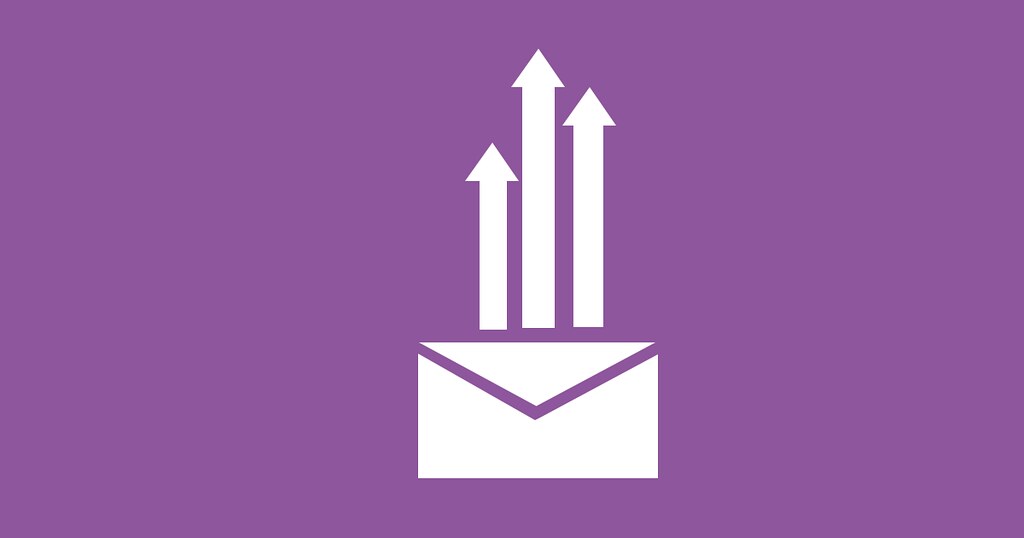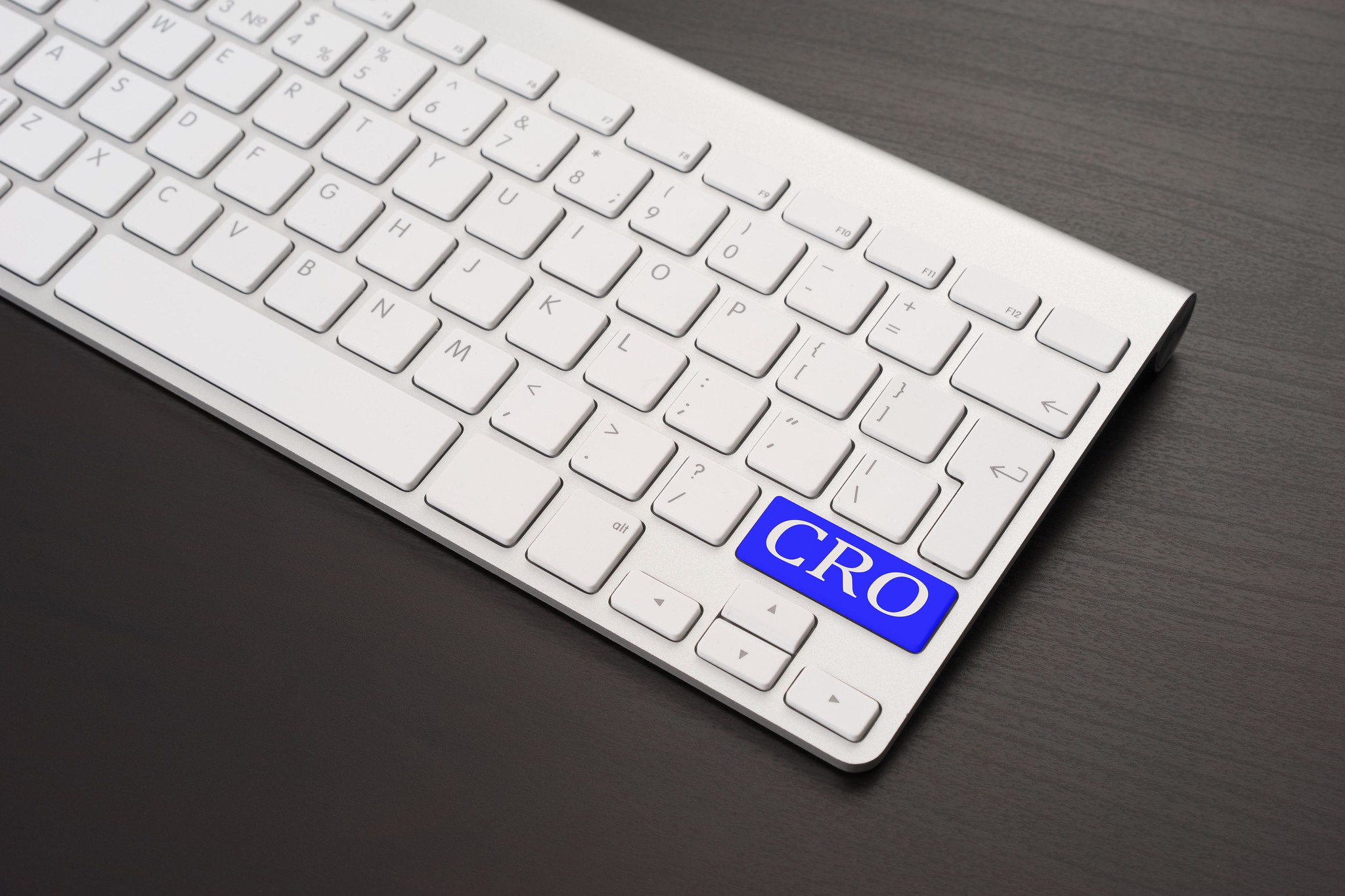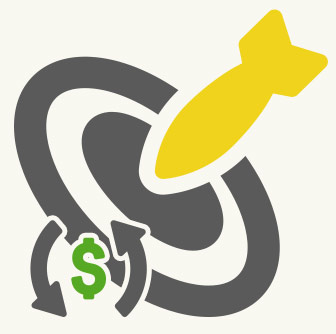Conversion rate is described as the value of the proportion of users who take the desired action. In the context of digital marketing, an example of a conversion rate can be the percentage of users who arrive to purchase off a site. Using information from the conversion rate the website owner can implement a systematic process of increasing the percentage of the total audience who take the desired action (be that filling out a form, becoming customers, or otherwise). This systematic process called Conversion Rate Optimization is based on understanding how users move through your site, what actions they take, the way their minds work, and what stops them from completing your goals.
The Formula
Conversion is often used to measure the success of a company’s website through a simple formula. Conversion rate is measured by dividing the quantity of times users achieve an end result by the total user traffic. If a user has the opportunity to convert each time that they visit the site (such as purchasing a product), the conversion rate is obtained by dividing the quantity of conversions by the quantity of visits. If the product offered is a subscription-based product, the conversion rate can be calculated by dividing the conversions by the quantity of users.
Conversion Rate of a Company’s Website
Let’s look at a hypothetical company called Maria’s Mops and More. The company’s goal is to have each user purchase a mop or cleaning supplies each time they visit the website. The company wants to drive as many consumers as possible to buy the mops or tools as possible. If an individual user visits the sites 3 unique times, this is equivalent to 3 sessions, or 3 chances to convert.
Example: Each time a customer visits the website
Session 1: User finds the online website of Maria’s Mops and More. They look around and browse the products, but don’t make a purchase.
Session 2: User signs up for an email account.
Session 3: User makes a purchase of mops.
Outcome: According to CRO, there was a 1/3 success rate, as there was one purchase out of the three sessions.
Micro and Macro-Conversions
Now, let’s take a closer look into each of these three sessions. In session two, although the company did not achieve the end goal of purchasing a mop, there was a small success (micro-conversion). In session three, the company acquired a macro-conversion, with the purchase of the mops being the main purpose of the site.
Macro-Conversion Examples: These are the desired outcomes from a company’s site
Product Purchase
Call for Bids (Requesting a quote)
Monthly subscription
Micro-Conversion Examples: These are building blocks used to achieve the end result (Macro-Conversion)
Email List Sign-up
Account creation
Adding a product to the cart

Calculating the Conversion Rate for Maria’s Mops and More
To find the conversion rate for a site, we will need to look at both the unique orders and the total number of sessions. Looking at Maria’s Mops and More, if there was an order of 10 mops for 100 sessions, this would equate to a conversion rate of 10%.
If a user could only convert once, then the calculation would look a little different. For example, if Maria’s Mops and More was only Maria’s Mops, the only thing a user could buy was a mop. Furthermore, this displays how little it matters the times a user comes to a website once a certain outcome has been made (a monthly subscription) as they cannot convert again.
We can look at it like this:
Session 1: Potential customer comes to the site to explore
Session 2: Customer creates a monthly subscription
Session 3: Customer checks out a website for fun (they cannot make any further purchases)
Total Outcome: 1/1 = 100% Conversion Rate
Our user here (Maria’s Mops) can’t convert every time that they visit the site. Instead, we must look at the number of unique users who visit our website.
To figure out the number of unique orders, we would take the number of unique users and divide by the number of users.
70 orders / 100 users = 70% conversion rate.
Why is Conversion Rate Important?

Conversion rate optimization is a tool that helps companies better understand how to gain their desired results. Now that we understand it works we can examine why it is so valuable.
Conversion rate optimization can help a business gain insight into their target audience and learn what kind of messaging is most effective for conversion. Conversion Rate Optimization works to find and convert the right kind of customers for your business. It narrows down the target audience each business has into a much more specific area of potential customers that will further a businesses’ end results. This is the same way that Walmart knows how to fit customer needs when compared to a brand like Target. While both companies may sell similar kinds of items, the quality of service provided and the brand image allows the brands to target different groups of consumers.
Conversion rate is an indication of your resourcefulness. By examining how to be most effective in any acquisition efforts, you will naturally achieve more conversions without working to acquire additional potential customers. A company with a high conversion rate will focus on investing in lifelong customers rather than marketing towards the wrong clientele, narrowing down the playing field to focus on the company’s needs. While the audience that your company can target may be finite, converting more individual users into buyers will grow a business very effectively.
Site Appearances
How a site looks like factors in as well into who it attracts. When users know how to navigate a website efficiently, they stick around. Complex webpages deter potential customers from sticking around which decreases the chances of having an end goal met. This is where the conversion rate optimization comes in, it looks at what works for your site. What works and what improves? Those who find the site stimulating and who feel empowered by it will engage with it more, and that will inspire others to do the same.
To further emphasize this point, we must look at how a customer sees a site. In order for a user to willing give up email, credit card information, or personal details, there must be a significant degree of trust. A site needs to build trust, and needs to be professional, courteous, and must also be able to answer any questions that potential customers may have. The website is the face of many businesses and represents the strongest sales tool.
How Do I Utilize CRO Effectively?

Before CRO can be successful, the business must first understand what to optimize, where to optimize, and who to optimize the site for. Data collection is extremely important for effective CRO, as the insights provided will help you avoid making decisions in the dark. Although it is often said to trust our gut with decision making, CRO is proven to be more effective with when utilizing data. Such decisions, moreover, can often be wastes of time and money.
There are two good methods for gaining success in optimization: the statistical method and the people’s method.
The Statistical Method
Using statistics and analytics allows you to utilize data on how users behave when they are on your site. A strong web analytics platform, such as Google Analytics, can be an invaluable tool for fielding CRO effectively.
Using CRO grounded in analytics can help answer key questions about how your users engage with your website. Key information can include how users enter your site, the features they engage in, the browsers/devices they use, and where or during what activity do users leave your site. This data will give further insight into where to focus your efforts in.
The People’s Method
Although it is important to look at the quantitative part of optimization it is useful to understand the qualitative process as well.
If you have a large site and lots of unique content, doing your quantitative analysis first will help you get a feel for what’s driving your traffic and so get a good picture of what your users are looking for. Once you know how users interact with your site, you can look into the reasons behind their behavior. People-focused quantitative analysis is more objective. You will need quantitative data to identify who you should be asking. You can’t optimize for all people, so optimize for your own ideal customer; that is, the person it most affects to have as a customer. In the end, what matters is you!
You can gain this information via onsite survey, user testing and satisfaction surveys. Testing helps improve the conversion rate by providing information about why users engage, what makes your site different from other similar sites offered, and what words they use to describe your products, services, and the issues they address. How would they describe your product or service to a friend? How would they talk about what you do? Do they find your site to be simple and boring or perhaps innovative and intriguing? When raw data alone is not enough, we should also take into account the value of the experience gained. Analytics can help you see how pages work together to present a great opportunity to serve the customer, and also help you understand which pages present the greatest value to your visitors.
Wrapping Everything Up
What is important to note is that data is necessary in order to successfully optimize a company’s goals. Guessing, copying other competitor’s methods, and even gut feelings are bad methods to avoid. None of these methods offer a realistic, reliable approach to discovering the most likely outcome. More important, it’s better to spend the time gathering and cataloging the data so you can make meaningful tests based on clear insights. After all, a business is made up of their customers and without the right ones, even unique business fail. So be smarter than your competitors and utilize Conversion Rate Optimization to your best interest.
Work smarter not harder. Your time is valuable, so use it efficiently.
